Diablo Immortal PC Review
Blizzard intends to milk you for all the money you're worth in Diablo Immortal, and they aren't afraid to brag about it.
Reviewed by Rayan on Jun 25, 2022
Fans of the Diablo franchise, anticipating the Diablo IV rather than a game for mobile devices when Diablo Immortal was revealed at Blizzcon 2018, reacted negatively to the game's announcement. Since then, Diablo Immortal got a lot of attention due to the lack of clarity from the studio and, of course, microtransactions. There are in-game purchases in various ways that are difficult to understand throughout the game. Winning will need patience and perseverance for those who don't plan on spending money on the game. It's a game that combines both anticipation and fears. At the same time, it's a progression towards the fundamental components of Diablo, as evolution can no longer be expected from a free-to-play MMO.
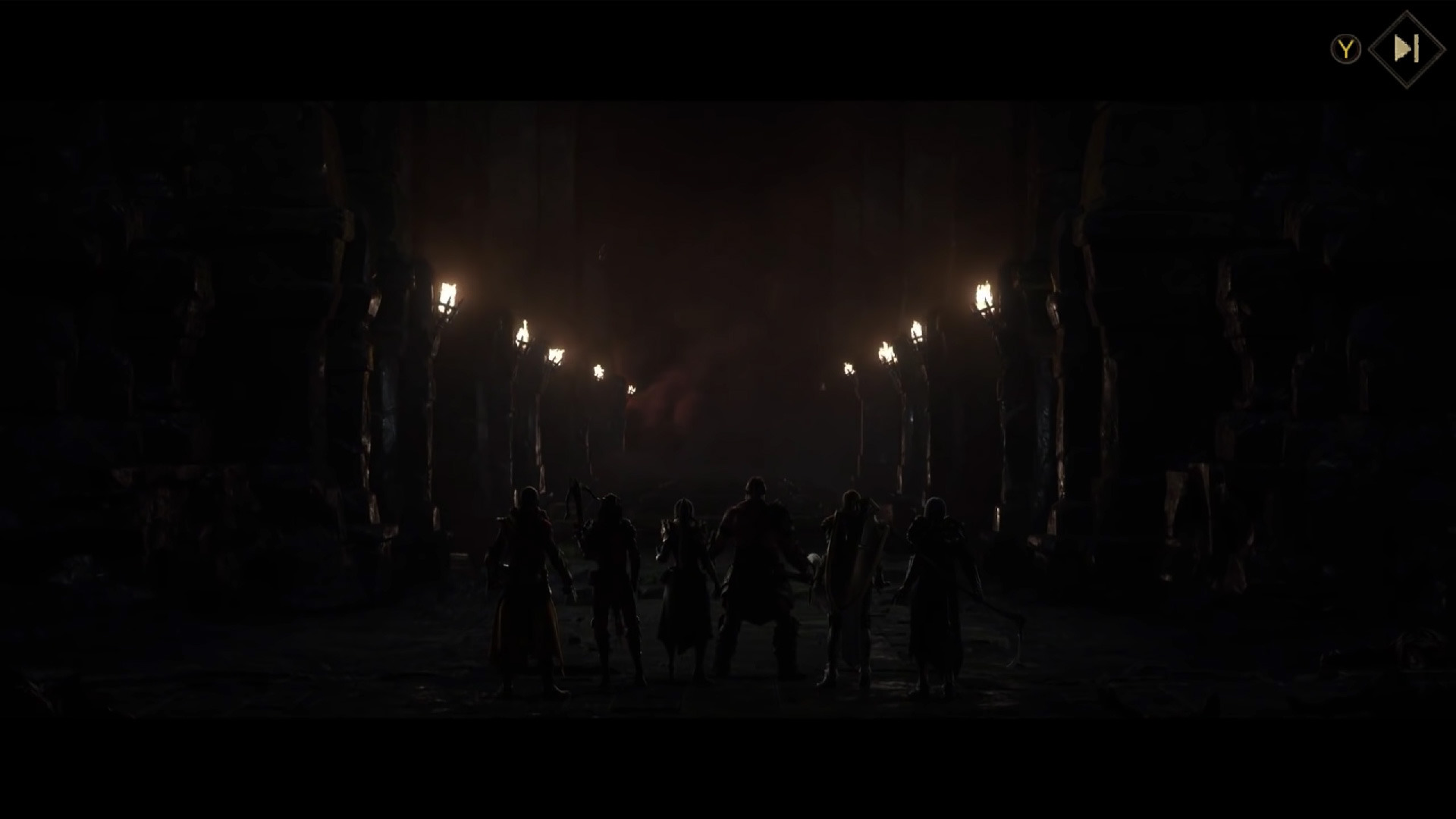
Games that are free to play can have complex revenue models. It was a fear that the essence of Diablo, which involves the purchase of things and the practice of doing labor in a repeated manner, sometimes known as grinding, may be replaced by invoicing. This series is well-known for having very challenging loot grinds. Making money off of this practice seemed unethical on the highest level. In games like this, most of your time will be spent toiling away in various dungeons to develop your character into the best possible version of themselves.
This revered ritual has been corrupted by Blizzard Entertainment and NetEase Interactive, who use players' grinding tendencies to further their sinister goals. You can't play Diablo Immortal as you usually would if you care about keeping your sanity and being financially stable. It's impossible. To put it simply, stay away from the subject of the endgame.
The character models and environments have the same characteristics as Diablo III. Diablo Immortal seems similar to Diablo III, at first sight, ignoring the cliche. NetEase used the graphical assets from the last game, maintained the game's consistent design, and simultaneously pulled out as much darkness as possible. You get a sense of it from both the images and the narrative simultaneously. Many of them are the same as previous games, particularly considering that we have a character cast that is almost indistinguishable from one another.
The studio has given Sanctuary a fresh look and feels that goes well beyond the comic-book demons giving dull speeches and foretelling doom for humanity. However, although the visual style is improvised, many weapons, talents, creatures, and overall graphics and style have remained similar.
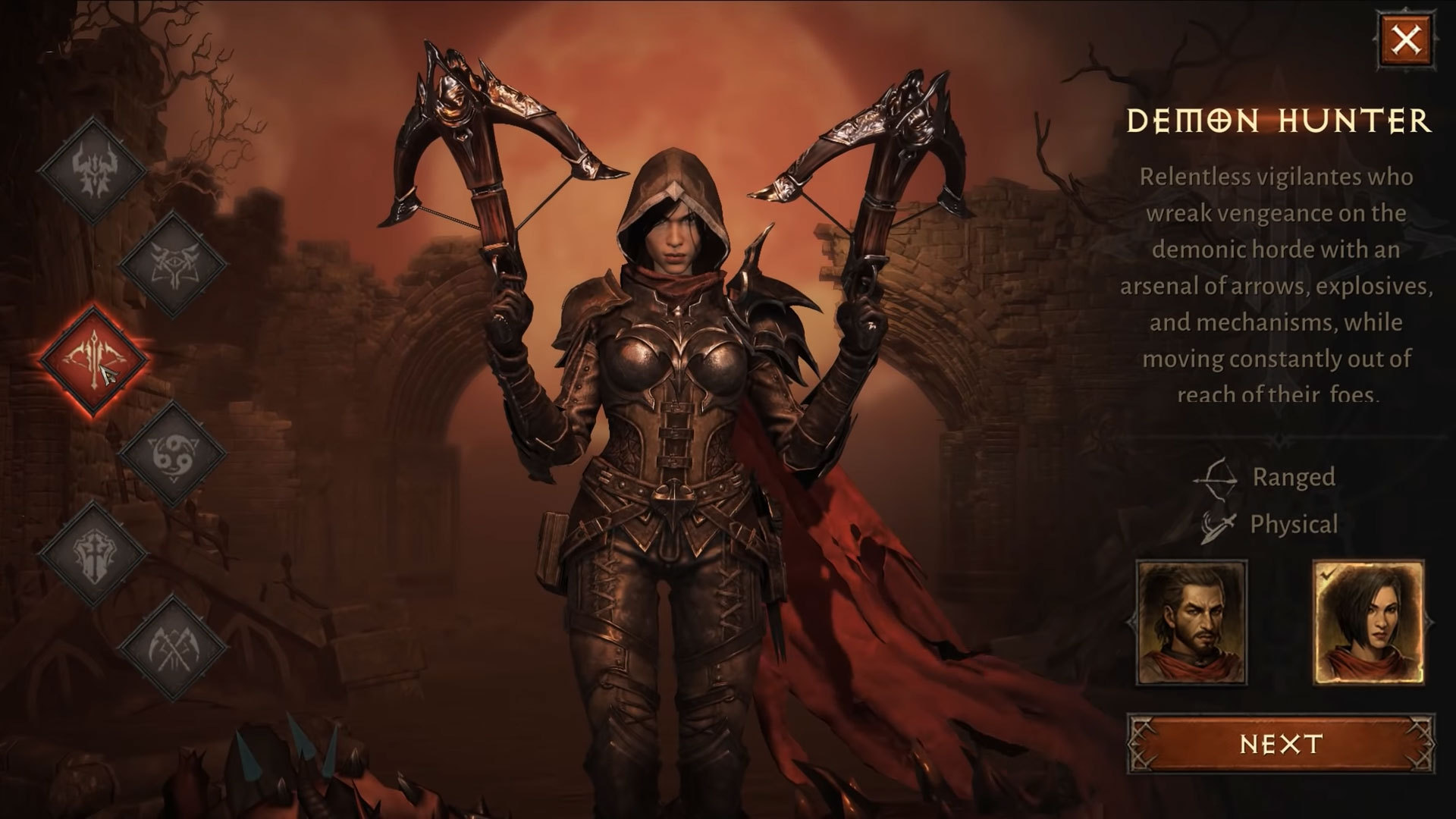
Just like the visuals, to a large extent, the gameplay of Diablo Immortal is quite similar to that of Diablo III. There are six unique classes available to choose from in this game: Barbarian, Crusader, Demon Hunter, Wizard, Monk, or Necromancer. Right after character selection, a customizing screen pops up immediately. It is essential to note that the customization page only allows the face to be changed. No other personalization options exist, so you can't change things like your height, muscle, etc. You can decide your gender at most. After determining which gender your character will be and making a few adjustments to their look, you will enter the gloomy fantasy realm of Sanctuary. Then the journey starts in the town of Wortham, and from here on, you will fight through every army the underworld has to offer.
While the plot itself isn't anything special since it seems to be between the Diablo II and Diablo III timespan. Skarn, Immortal's primary antagonist, is working on resurrecting Diablo and stirring up the Eternal Conflict. Because of this, Worldstone is attempting to gather all of its parts together. Even though Archangel Tyrael had previously shattered the Worldstone into many pieces in Diablo II, this was not enough to completely neutralize his power. These shards held the power that the devotees of the Lord of Terror imagined they might utilize to hasten his return to them. As we find out in Diablo III, the absence of Tyrael after he was arrested has forced mankind to cope with the aftermath of the catastrophe.
Demons with corrupt intentions were releasing long-forgotten horrors to reassemble the Worldstone and gain control of mankind. This is where we step in to put a stop to it. The primary plot is on a traditional hunt for the MacGuffin, which in this instance are the pieces of the World Stone, and is thus not as thrilling as other Diablo games. As we journey, we are forced to kill an inhumanely high number of demons along the route. Collecting these shards takes us all over the Immortal universe. The central part of the plot is only a backdrop, and some of the lines connected to it are even less convincing.
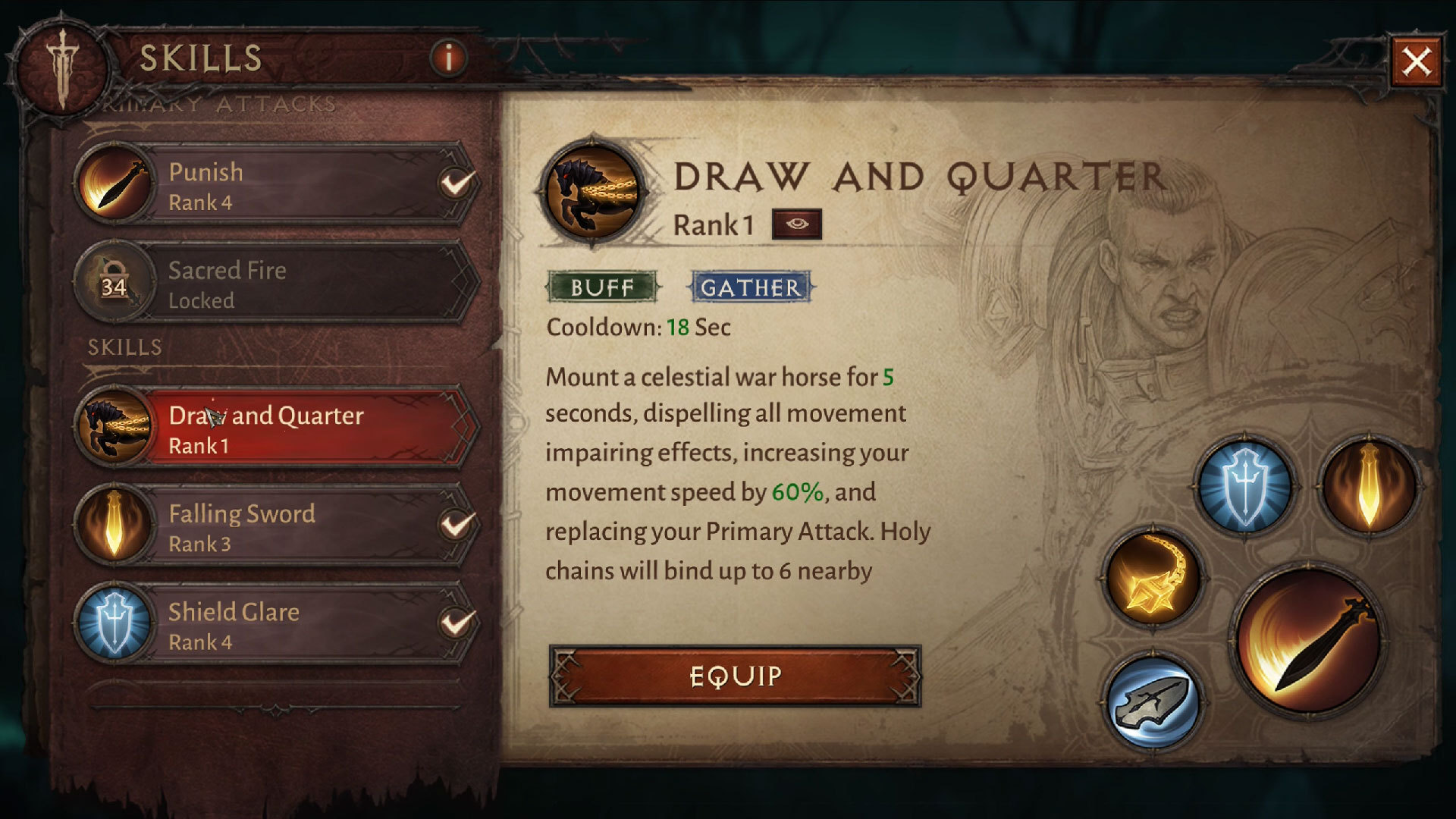
Even though there's an option of following the main storyline, you can venture throughout the map in pursuit of elite enemies and hidden treasures. The gameplay is also directly borrowed from the latter but in a much-simplified form from the original. While adhering to the overarching narrative, the gameplay quickly engages players in action. There's no shortage of resources constantly improving the gear, advancing in levels, and learning new talents.
With regards to content, there are various ways to approach the gameplay—different tactics in dungeons than on the world to farm creatures or in a PvP arena. During the gameplay, you will only have access to a primary attack and four chosen skills. There will be no class resources, talent points, or runes. It is straightforward to understand, but those who want personalization, research, and variation are about to get irritated quickly. The talents you employ can be customized using legendary objects.
Despite including a minor MMO element in the gameplay, Diablo Immortal is still a traditional hack-and-slash game, continuing in the same vein as its predecessors. As far as action RPG combat goes, there's plenty in the game. You must utilize their class-linked talents to kill enemies and progress as a character through the game. You massacre armies of enemies to advance in the plot, acquire experience, and access more potent weapons and technology.
In Diablo Immortal, you can compete for legendary items. Still, newcomers won't have to worry about making the most of their hero's abilities because there is no talent tree to allocate points or runes to change abilities whenever a character has reached a new level. Diablo Immortal strives for simplicity, even if doing so puts it in danger of upsetting the series veterans. For the first 30 levels of experience, there is a lengthy tutorial revealing the title's details in a series of discrete touches.

However, since it is an always-online game, you will be fighting against other players for kills. To a certain extent, kill theft is unavoidable in this context. A pop-up window inside the game tells you to team up with other players as both have the same objective. It is a smaller window, but it is still quite unpleasant. Not to mention that everything, down to the smallest detail, is designed to persuade you to conduct financial transactions. Blizzard, however, does not consider this to be sufficient. You will perpetually be presented with pop-ups informing you that a new limited-time package is now available. Daily login incentives are right next to the bundles, enticing you to spend a little money on a little more power.
As is customary for the Diablo series, there is significant treasure throughout the game. You'll discover that almost every enemy leaves behind some magical weapon or set of gear. As you go through the game, you'll find yourself continually exchanging gear to improve your capabilities. You may sell or give away anything in Diablo Immortal that you no longer need, making this one of the game's most useful features. Instead of merely removing unused equipment by selling it, you may scrap it for its pieces and utilize those parts to improve the equipment you wish to preserve.
This not only provides you a consistent feeling of advancement but also enables you to develop long-term character tactics revolving around certain pieces of strength equipment. Even though you may use in-game cash to buy Legendary Gems and Items, the amounts you can spend are limited. There is a limit of one Legendary Crest that can be acquired each month. Legendary Crests are required to alter Elder Rifts to increase the chance of obtaining a 5-star Legendary Gem. There is a limit of two Rare Crests that can be obtained daily, and they only provide Legendary Gems with a two-star rating.
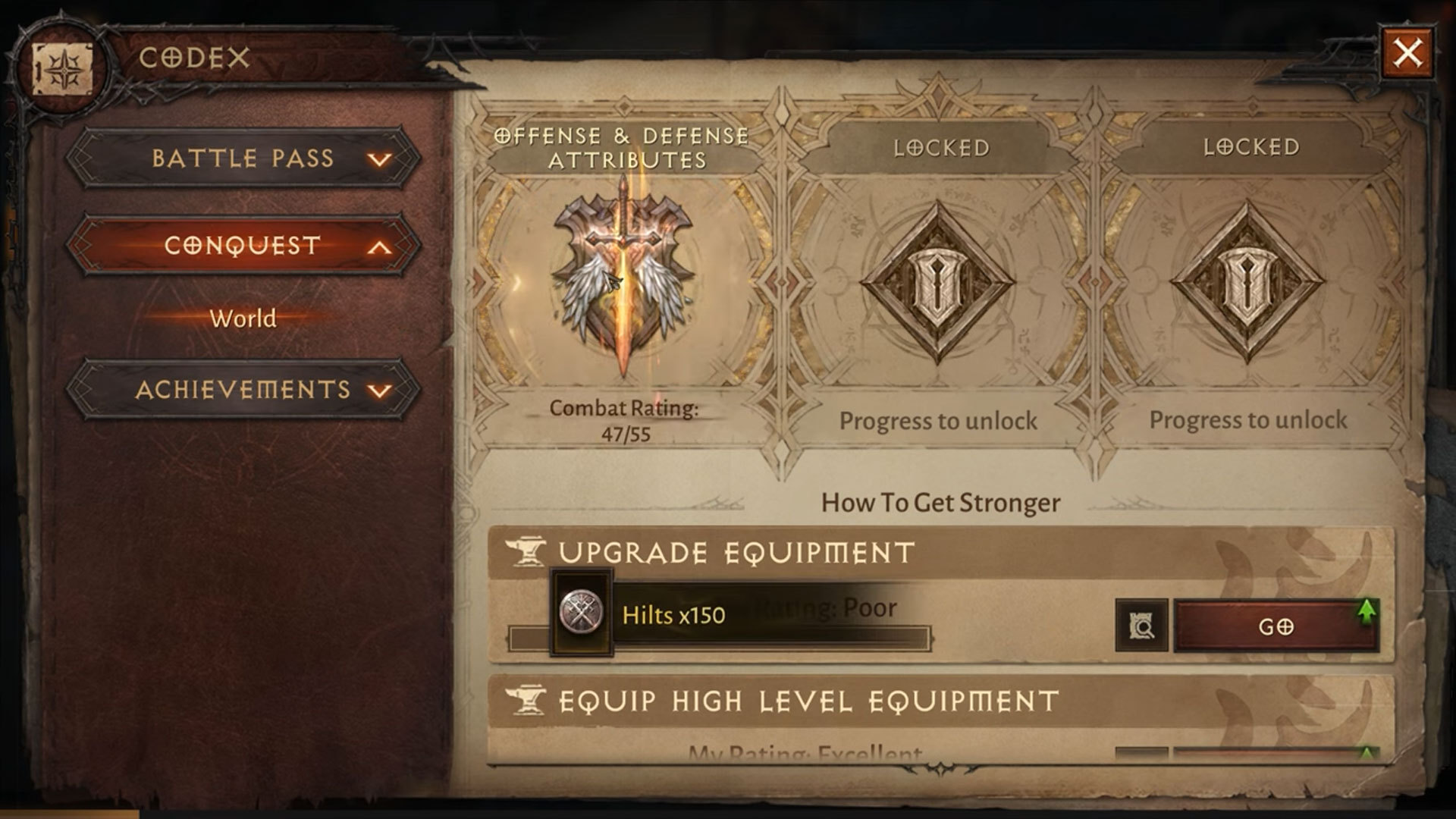
It's more fun to play Diablo Immortal in a group than in any previous Diablo games because the party makeup is designed to fit the content rather than the other way around. Playing in a group isn't required for every activity, of course. Aside from dungeons that cannot be beaten alone by advancing to Hell 1 and 2 or objects intended to assault several people, all of the game's activities are solo-playable.
In addition, a single-player experience is emphasized via exploratory aspects such as confronting elite enemies and completing side missions, which may be located in random locations around the map. With the ability to connect with other players in PvE content, Diablo Immortals makes it easy to take the single-player experience to the next level and play with other people in a multiplayer setting. You may, of course, also locate a party of four individuals, sign up for a fighting squad, a group of eight people, or sign up for a clan with as many as one hundred members.
This fun, however, doesn't last too long when the game's monetization kicks in. The method used to monetize the game doesn't seem all that unfamiliar, but it certainly stands out due to the undertones it carries. A player is required to pay in Diablo Immortal not simply for speeding up advancement; instead, they are required to pay for progression in general. Since the game is based on loots, the only thing left for a player to do after the main plot of the game has been completed is to search for better equipment and a more compelling character build.
The game uses around five or six distinct currencies, and it is not apparent which of these currencies may be earned and which must be purchased. The Battle Pass can be purchased for between $5 and $15, regardless of the number of unique items you desire; however, there are also two alternatives, daily reward subscriptions, that can be purchased for $10 and $20, respectively. If you want every award the game offers, you must shell out at least $45.
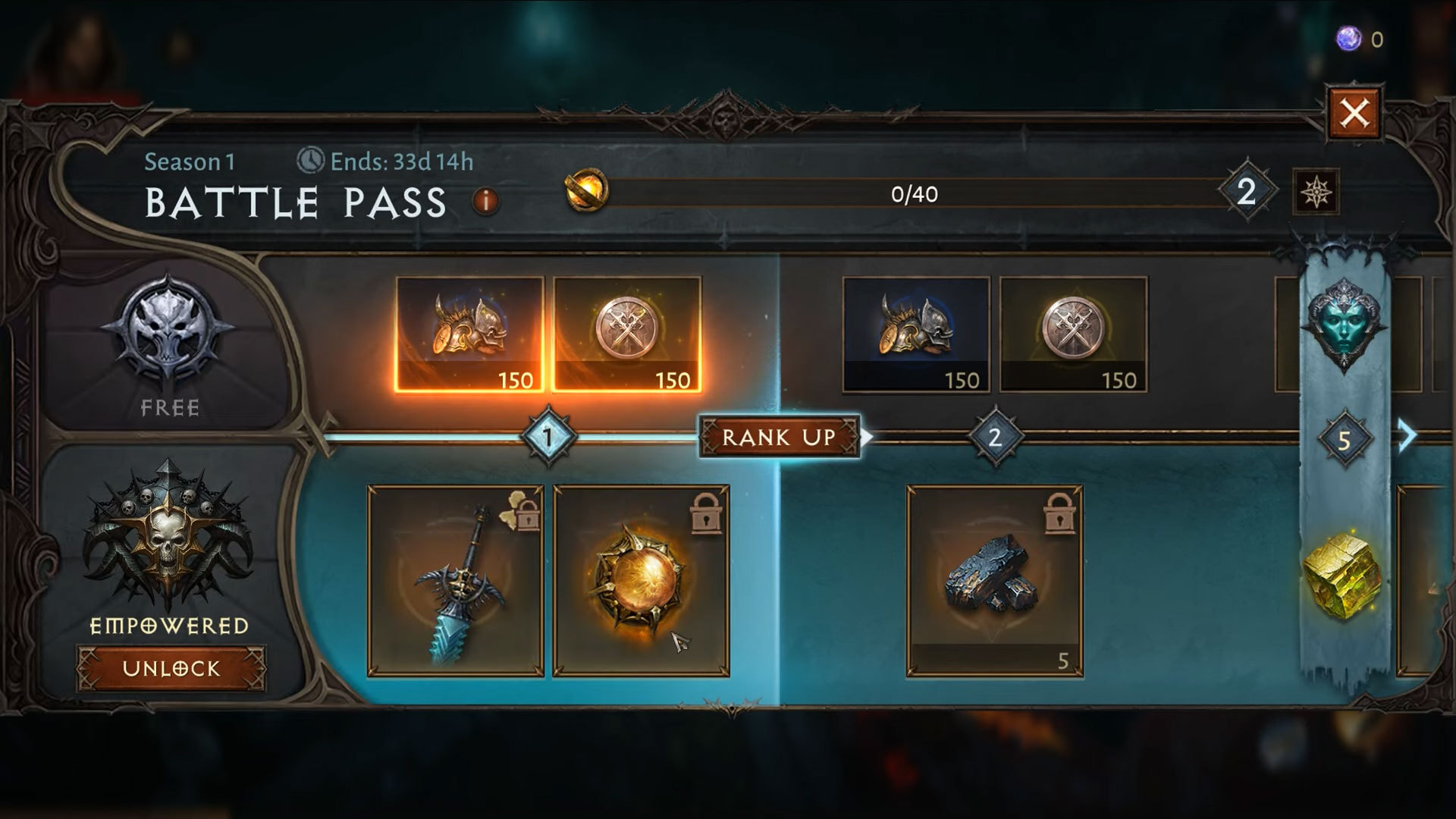
Blizzard intends to milk you for all the money you're worth, and they aren't afraid to brag about it. The endgame makes it evident that gamers are being used in forced monetization. The choice to monetize this rather than another activity is harsh and compulsive. Furthermore, advancement will be sluggish if we don't spend money on these currencies and tokens. If you don't believe you'll be able to successfully fight off the accompanying temptations, steer clear of making spur-of-the-moment purchases. If not, you may be able to invest in it while still enjoying yourself in the long run.
Because it is still in beta, Diablo Immortal on PC is yet to unfold its full potential. It gives the appearance of having been produced in a hurry. Even using the controller is impractical since you will need to utilize it with the mouse and keyboard combination to do any tasks. Since you can't adjust the screen resolution, the game doesn't look good on a 4K screen. The textures are unpolished, the details are sparse, and the human and monster models are stubbly.
Due to the game's low resolution and muddy visuals, it still gives the impression of being a mobile game, even played on an inappropriately big screen. Also, it's hard not to laugh at the animations for the NPC, especially the way they run. The game's navigation system is a bit of a mess since certain rewards don't always load correctly, and, worst of all, the attack button will suddenly stop functioning periodically, and resolving this requires a restart.
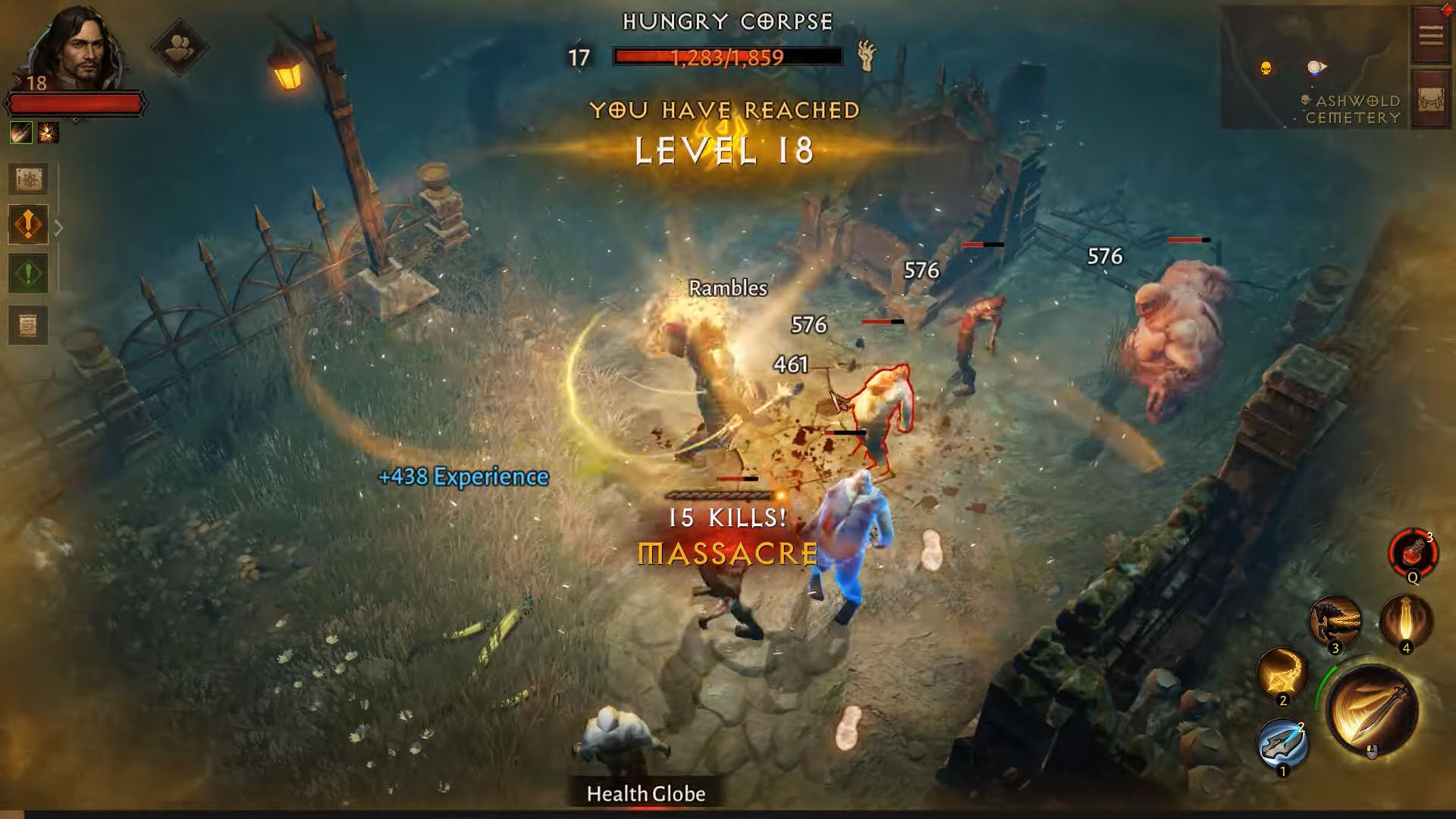
Diablo Immortal is a pleasant surprise for the most part. The franchise spirit inspired me to keep pushing forward until I got to the endgame material, where it became apparent that the whole thing had been a ploy to lure me into a cruel business scheme. There still is potential for something positive to come from this game. Although not impressive, it is at least decent, and fragments of its predecessor can be seen in the game's tone, plot, and art direction. Aside from the few flaws with the PC version, an overabundance of microtransactions and user interface distract the game's overall impression. This ordeal has been a roller coaster ride for me, and I'm glad to be out of it.
Azfar Rayan (@AzfarRayan)
Editor, NoobFeed
Senior Editor, NoobFeed
Verdict
50
Related News
No Data.

